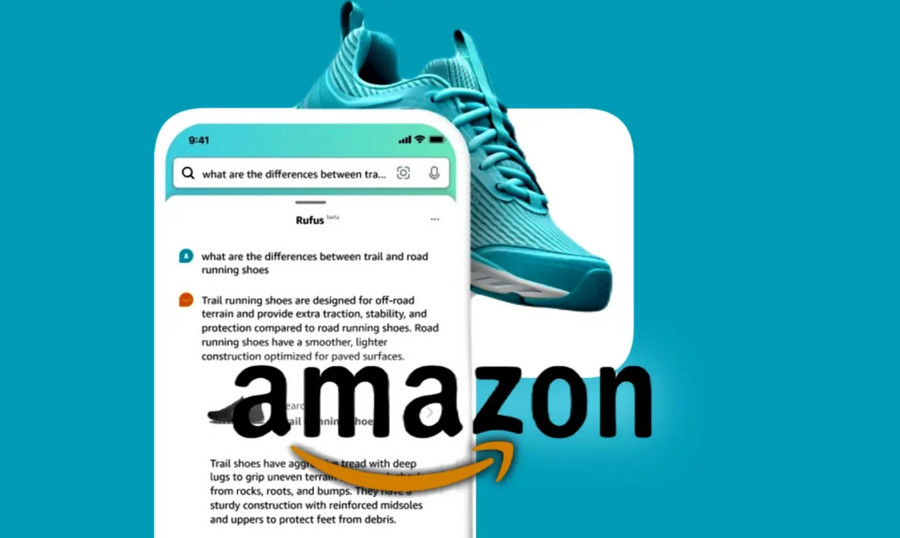
Newsletter abonnieren
Geben Sie unten Ihre E-Mail-Adresse ein und abonnieren Sie unseren Newsletter

Geben Sie unten Ihre E-Mail-Adresse ein und abonnieren Sie unseren Newsletter

Embarking on the journey into the Amazon marketplace, an e-commerce behemoth boasting unparalleled traffic, requires a deep dive into its platform intricacies. Unlike local e-commerce platforms that emphasize fairness, Amazon places a premium on user experience.

The Amazon zero-cost store cluster model, as the name implies, eliminates the need for upfront purchasing or inventory stocking. It involves the creation of multiple Amazon stores, treating the entire web as a vast source of goods.
The fundamental idea revolves around occupying multiple positions across various domains to capture a significant market share. While a single product might attract minimal exposure daily, having a portfolio of ten thousand products translates to ten thousand exposures daily, significantly increasing the chances of securing orders.
By discarding the need for substantial stockpiling, this model alleviates financial stress. No stockpiling means no funds tied up in inventory, no need for storage space, and no dedicated personnel for packaging and shipping.
For those entering the realm of Amazon selling, the initial learning curve can be intimidating. However, the zero-cost store cluster method is straightforward and easy to grasp. A concentrated short-term learning effort is usually sufficient to embark on the path of successful operation.
In contrast to legitimate stores that often require advertising expenditures, the store cluster approach doesn’t demand such complexity.
Unlike the rapid sales achievable through a boutique model, the zero-cost store cluster model experiences slower order growth. It relies on a multitude of products to accumulate orders incrementally.
While avoiding the promotion of copyrighted images or products is possible, inadvertent infringement is common. The store cluster model increases the likelihood of encountering copyright-related issues.
Self-fulfillment, a hallmark of the zero-cost model, demands high logistical standards. Even slight deviations can impact account performance, including factors like late dispatch rates and return rates.
Initiate the process by establishing multiple stores, then utilize an ERP system for centralized management. This involves bulk product collection, order processing, and logistics management.
Foreign buyers on Amazon often proceed to purchase without extensive inquiries into product details or shipping times, making it a conducive platform for the zero-cost store cluster model.
As Amazon continually refines its policies, the zero-cost store cluster model faces challenges, intensifying the complexity of its operation. This approach caters to a niche audience, and individuals must choose an operational method based on their specific conditions.
Q1: Can I start selling on Amazon FBA with a limited budget?
Absolutely! Amazon FBA accommodates sellers with various budgets. It’s more about strategic planning than the size of your initial investment. And now, an increasing number of merchants are opting to use iFoto AI Photo Editor Zu generate images, content, and more, thereby reducing costs.
Q2: How long does it take to see results on Amazon FBA?
Results vary, but with consistent effort and effective marketing, sellers often start seeing positive outcomes within a few months.
Q3: Is it necessary to use Amazon Advertising?
While not mandatory, leveraging Amazon Advertising can significantly enhance your product’s visibility, especially in the competitive marketplace.
Q4: Are there restrictions on the types of products I can sell through FBA?
Yes, Amazon has certain restrictions on specific categories. It’s crucial to review Amazon’s guidelines to ensure your products comply with their policies.
Q5: Can I sell internationally using Amazon FBA?
Yes, Amazon FBA allows you to expand your reach globally. However, it’s essential to understand the logistics and regulations involved in international selling.